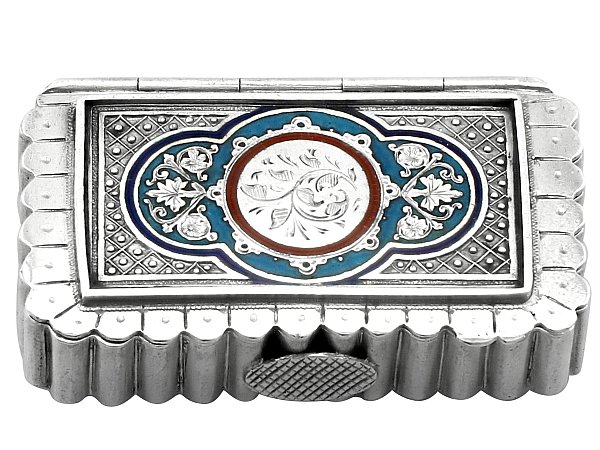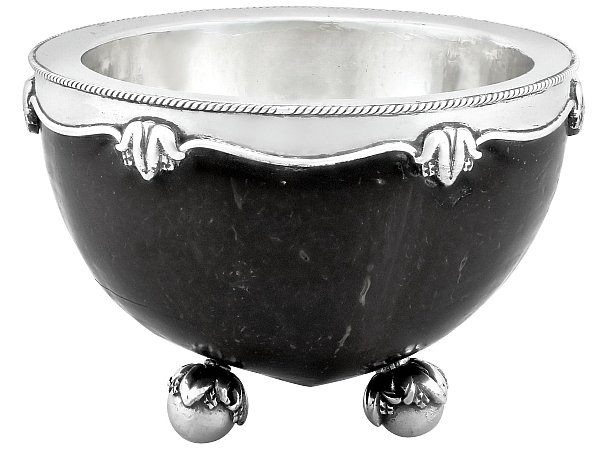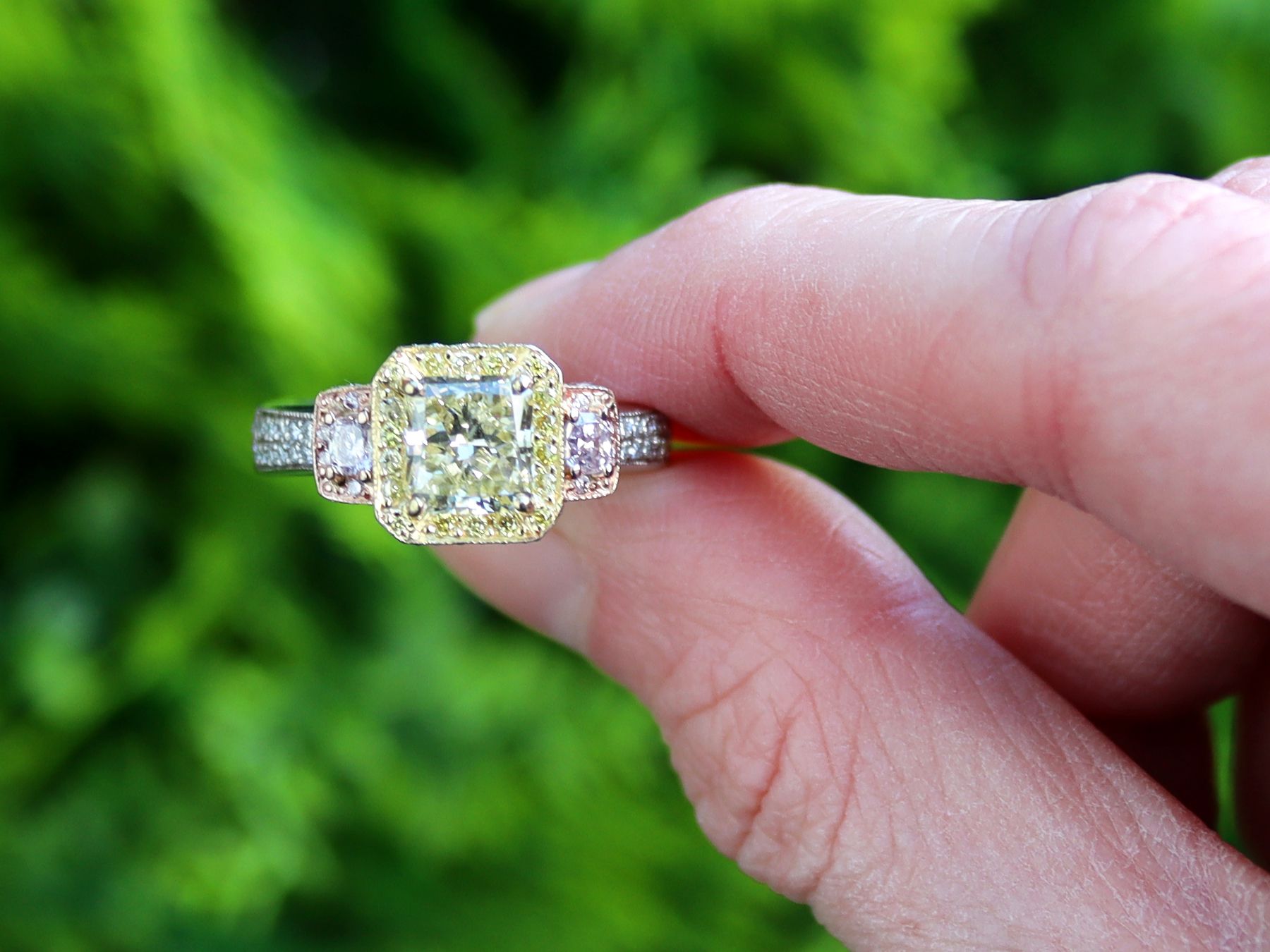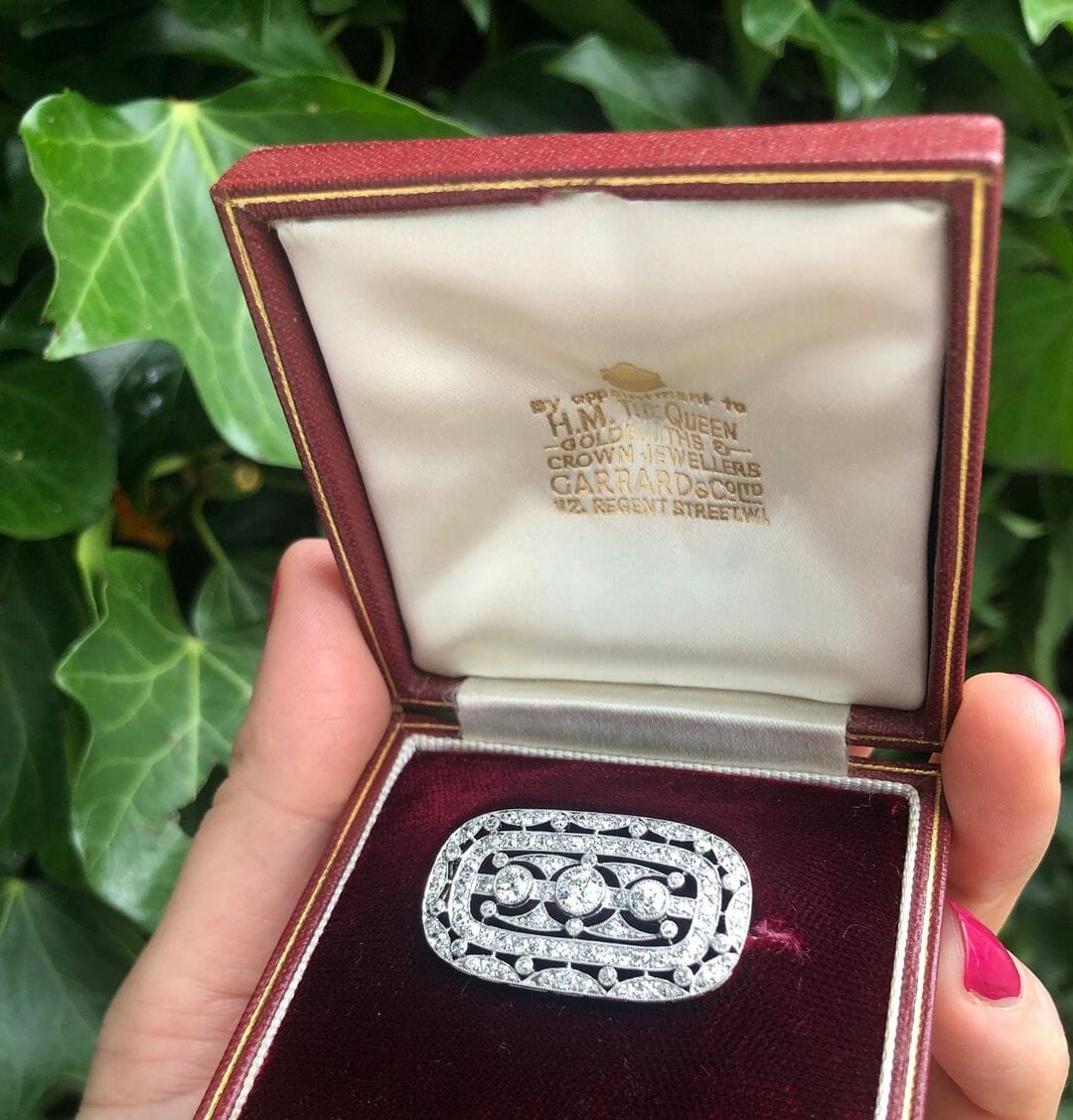We all have objects that we cherish. These could be items that stir up memories, an expensive piece, or simply something we’ve collected that isn’t necessarily worth much. But certain collectable objects that have a specific title attached to them- ‘objects de vertu’. The question is… what does this mean, and what are these objects de vertu?
Objects of Vertu Definition
The word virtu, or vertu, shares its roots with the term virtuoso. A virtuoso is someone with superior technical skills in the arts, whether it’s music, painting, dancing, or another aspect of the artistic world. Objects of virtu are small items expressing the best of the craftsmen’s skill. Typically, they are crafted with the finest materials, balancing beauty and technically ability.
The term is usually applied to items made between the 1600-1800s, with a golden age of creation occurring between 1730 and 1830. The advancement of materials like lacquer, porcelain, glass, and enamel that happened at this time led to the finest creations. Quality craftsmanship was well-valued at this time, with creators being provided with the finest materials.
An object of virtu could be one of hundreds of things. They were made for personal use, like snuff boxes or cigarette cases, but also for decorative use. Items like bon bon dishes, vinaigrettes, and music boxes were commonly the focus of objects of virtu. Materials like glass, silver, and shagreen were often used and mounted in gold. Common themes in the imagery of these items were birds, flowers, and even erotica.
By the turn of the Victorian age, objects of virtu were overtaken by technological advancement. Automatons and other aspects of fine craftsmanship were valued over the hand-crafted elements of objects of virtu from the previous era. Still, master craftsmen like Carl Fabergé emerged in the late Victorian period. Fabergé Easter eggs once more brought masterful craftsmanship to the fore.
The craftsmanship that made objects of vertu so special was overtaken in the Victorian era by a lust for technical wizardry and novelties. A later flowering of comparable skills is the work of Carl Fabergé in the late 19th and early 20th centuries, with his astonishing Easter eggs and other treasures. Even today, the Fabergé company regularly produces phenomenal pieces that maintain the public interest in objects of virtu. Other creators like Van Cleef & Arpels make use of the master crafters at their disposal to present pieces that contend with the finest objects of virtu in history.
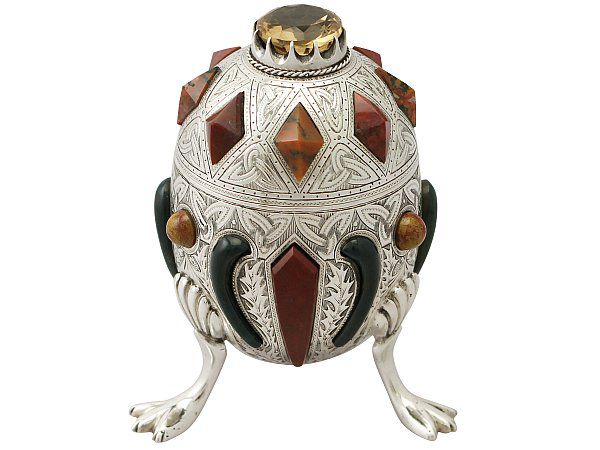
When we think of objects de vertu, we might think of objects characteristic of court art. An example which instantly springs to mind is the famous selection of Fabergé eggs, crafted by Peter Carl Fabergé. These eggs are made out of precious metals and gemstones, rather than day-to-day materials. If you’re not familiar with Fabergé eggs, please do have a quick google…they are well worth it, for the beauty alone!
Objects due Curiosité
A similar term that crops up is objects de curiosité or objects of curiosity. This is a term that often appeared in 18th and 19th century French sale catalogues. Objects of curiosity are usually silver items that incorporate organic elements such as nuts, coconuts, sea shell and ostrich eggs.
Here at AC Silver we have many objects that would fall under the term object de vertu…
We’d be intrigued to find out more about your own personal objects de vertu, so please do share in the comments below!


